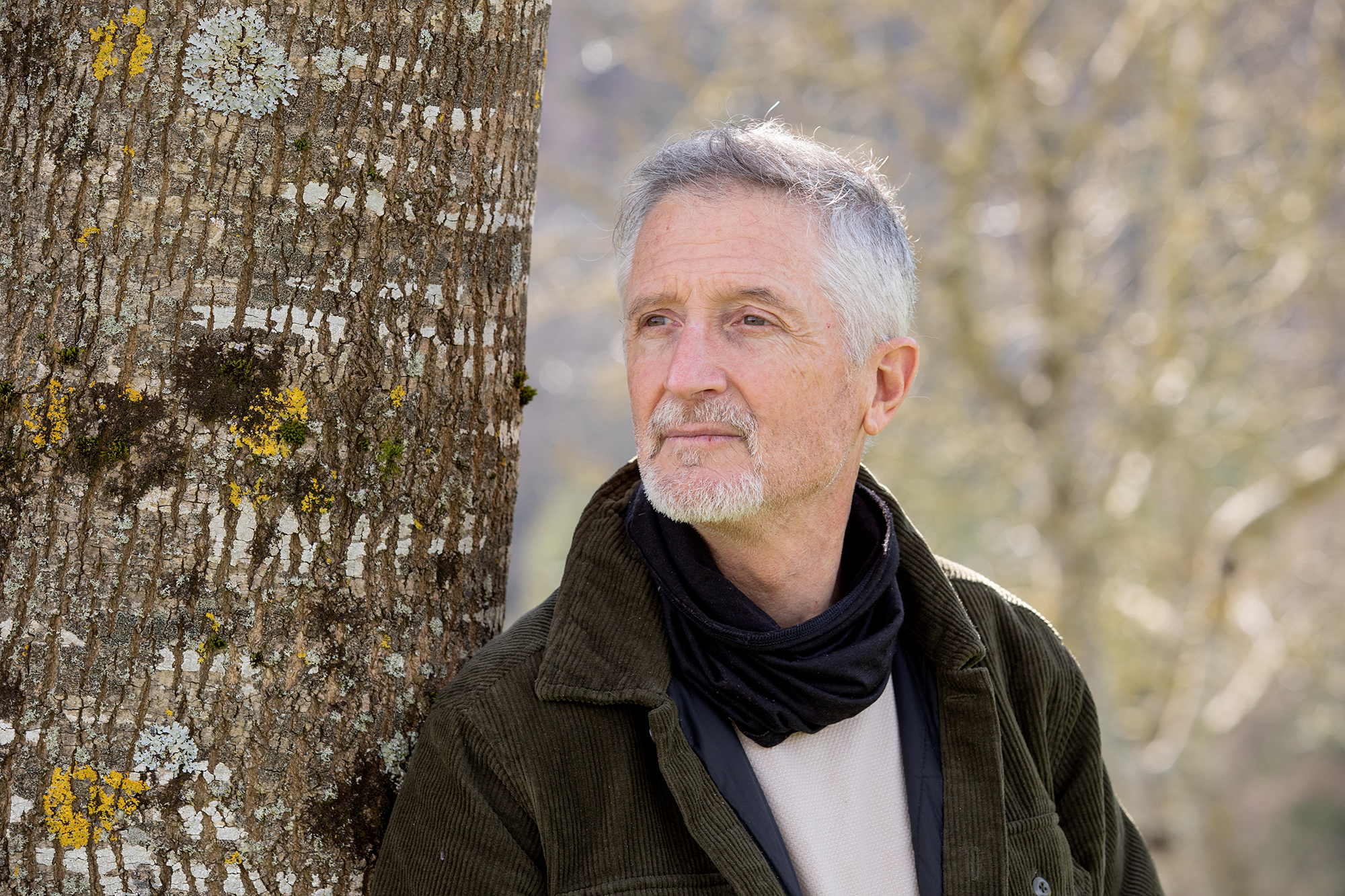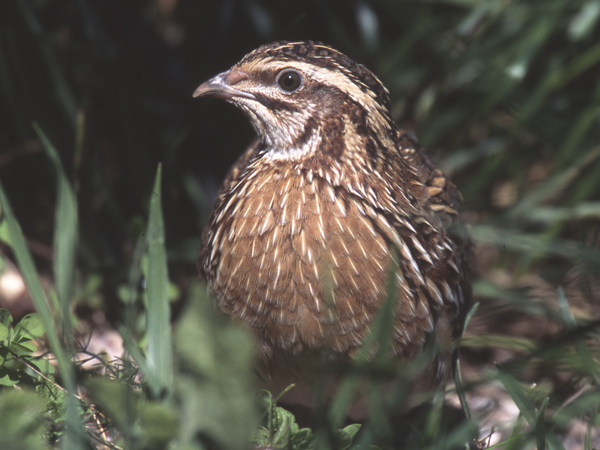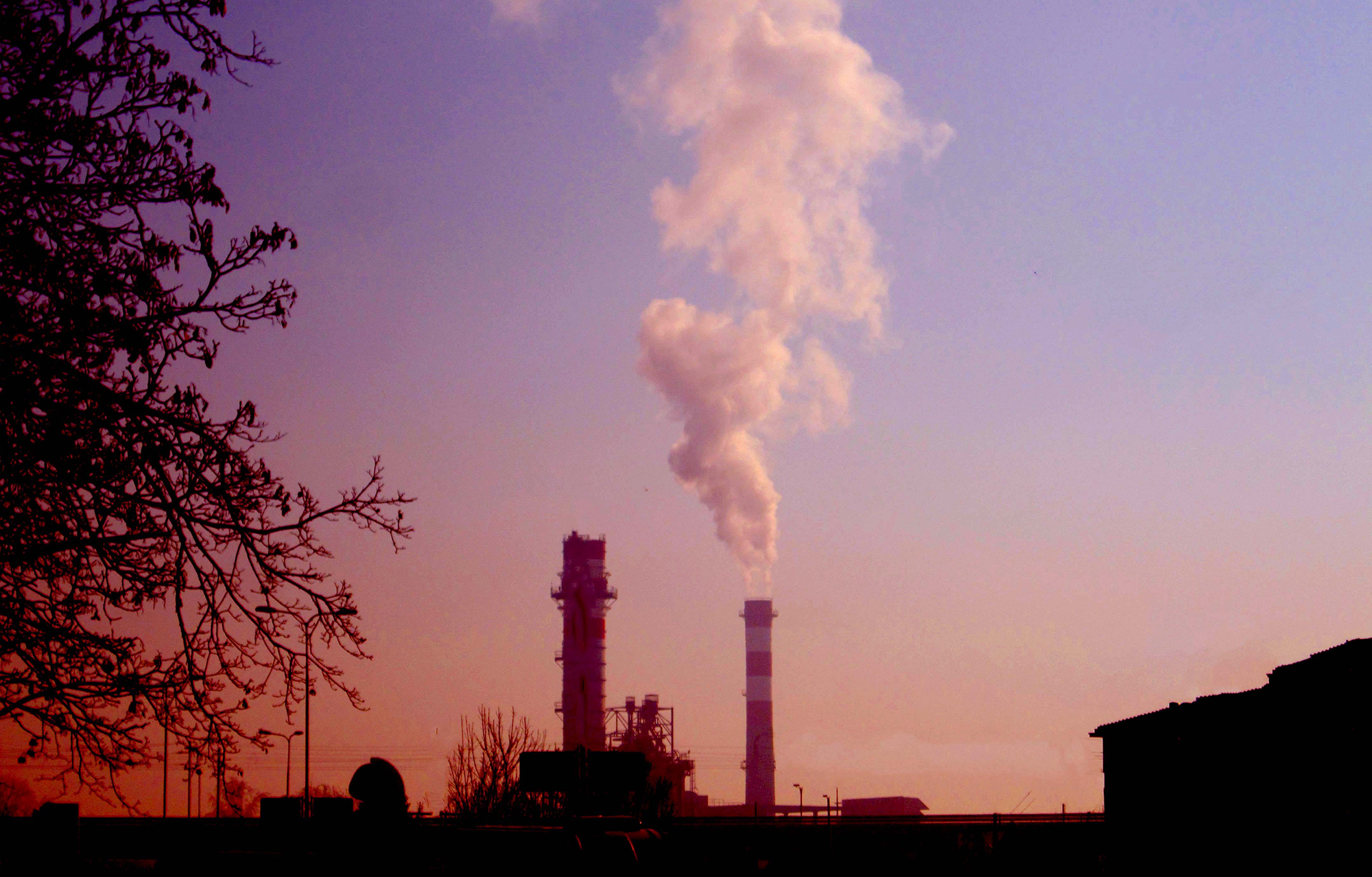We ask that no more eucalyptus plantations be made in the Urumea valley.
- With this paper we wish to express our concern and concern in recent years, and above all in the face of eucalyptus plantations being carried out in recent months in the Urumea Valley, with the authorization of public institutions.

The presence of eucalyptus plantations in some valleys of the Urumea bordering Navarre (Usoko Valley, Cartola or Olaberri, Sagarreta…) is increasingly abundant (300 Ha according to press reports), which, as different studies indicate, can generate irrecoverable impacts on the indigenous biodiversity, on the different ecosystems of the valley, on the river streams and on the river streams.
As demonstrated by the studies carried out since 2007 by the signatories of this paper, it is the valleys of great importance in terms of biodiversity (1) that have received eucalyptus plantations. The lithology, localization and malignancy of the eye generate special conditions that have turned them into habitats of many threatened species. They include, for example, the presence of 112 nuclei of 6 threatened plants in the work we published in 2013 (2). These include the protected palaeotropic fern populations Soldanella villosa, Hymenophyllum tunbrigense, Vandenboschia speciosa and Dryopteris aemula. There are also specimens of the species Veratrum album with isolated distribution and of the tree of paleotropical origin Prunus lusitanica, in danger of extinction.
In the Urumea basin, the frequency of flooding and damage has increased in recent decades. Deforestation, the stitching of the hillsides with the piste, the movement of land and the compaction of the soil undoubtedly create irreparable damage.
As indicated in the study, these valleys are also very important for the conservation of these species. In fact, more than 30% of the distribution area of H. tunbrigense, S. villosa and V. speciosa known in the Basque Country until 2013 was in these Urumea valleys. For this reason, in the case of V. speciosa, since 2012 the local nuclei have been part of a study on population genetics at European level, and in the face of climate change the valleys can be a refuge of the species (3). Furthermore, most endangered plant populations are outside protected areas (such as Natural Parks or Special Conservation Areas) and, as we have already pointed out in the study, some types of forest use can be dangerous for the survival of these protected plants (2).
From the mycological and visenological point of view, some of the unique species we have found are also noteworthy. Many of them are threatened: Pulmonary lobaria, Lobaria virens, Thelotrema lepadinum, Sticta canariensis, Sticta limbata, Nephroma parile, Piptoporus quercinus (classified as vulnerable in the IUCN).
However, in addition to all of them, the presence of species of protected fauna also stands out. The herpetological study carried out over 10 years (4) places 15 species in it, of which 7 are protected at European level. However, the research carried out by the C.D. Aranzadi with local specimens have shown that eucalyptus plantations directly affect their health and survival (5). In addition to herpetofauna, it should be noted that the streams of the valley are integrated into the management plan of the endangered European mink (Mustela lutreola) and of the Pyrenean Desman (Galemys pyrenaicus), so its level of conservation should be severely protected, as set out in the management plan.

In the absence of other studies, the above data are merely the result of the analyses that have been carried out to date. In view of the potential of the brezo, it is expected that it may also be the place of residence of other protected species. Similarly, the location of the trainee acts as a natural corridor of the Special Conservation Areas of Leitzaran, Urumea and Aiako Harria, protected at European level, allowing connectivity between them.
Taking into account all these characteristics and taking into account the forest management that is taking place therein, the signatories of this letter request:
- No more eucalyptus plantations in the Urumea valley.
- Creation of natural corridors between already completed eucalyptus plantations.
- Maintain or restore the indigenous forest in the areas where plantations have been carried out, 100 metres from the river, as indicated in the management plans for mink and desman.
- Have a structured and organised forest plan at basin level taking into account the conservation of their ecosystems and species.
- Monitor streams and protected species, by promoting research, to measure the impact of plantations on biodiversity.
- Compliance and monitoring of forestry work.
- To provide these valleys with a higher level of protection, transforming them into the micro-reserve networks, Parque Natural and ZEC that have previously been proposed.
- Coordination between institutions and researchers.
In fact, the management of these valleys, in addition to biodiversity and landscape, has a direct impact on water and soil conservation, as well as flood risk management. The effects of climate change will become even more severe as fast-growing plantations predominate. In addition, in the Urumea basin, the frequency of flooding and damage has increased in recent decades. Deforestation, the stitching of the hillsides with the piste, the movement of land and the compaction of the soil undoubtedly generate irreparable damage.
Although there are laws and rules, we believe that they are not enough to protect our heritage. The long history of these valleys does not explain their fragility. Nor do economic contexts: Euskadi is among the eight EU countries with the highest GDP per capita. Will we not be able to preserve the biodiversity and identity of these spaces?
In this context, the maintenance of the springs and their arteries in a good state of preservation is of vital importance. Moreover, in these times, all the studies indicate that the conservation of biodiversity is closely linked to our health and the legacy that we will bequeath to future generations. We believe that the COVID-19 pandemic is the best option for reflection.
We therefore call for real projects for the conservation of the Urumea dam to be launched as soon as possible. The conservation of the channels and vegetation of the margins of the rivers is a life-and-death measure for the threatened species and for us, therefore, it is our priority. Land acquisition, land conservation and/or restoration of streams surrounded by plantations. That is our challenge and for this project we call for the accession of different institutions, associations and people.
1 Sanz Azkue, I. Olariaga, I. & Diez, J. 2007. Study of the natural heritage of Hernani. Hernani City Hall.
2 Sanz Azkue, I. Díez-López J.R. and Olariaga-Ibarguren, I (2013). Inventory and mapping of red-listed vascular in Hernani municipality (Gipuzkoa, Basque Country). Munibe (Natural Sciences - Natural Sciences), (60), 7-38.
3 Felipe Díaz, A., Olariaga, I. Sanz Azkue, I. 2012. Analysis of the potential geographic distribution of fern trichomanes speciosum in Hernani and the Urumea basin. Hernani City Hall.
4 Sanz Azkue, I. & Alkorta, E. 2017. Hernani and Inugurus amphibians and reptiles. Society of Sciences Aranzadi. ISBN 978-84-9560-6-7
5 Sanz Azkue, I. 2018. The case of the palmeated Uhandre. Eucalyptus and pine harm amphibians? 04-03-2018. Weekly ARGIA. Number 2589.
Joserra Díez (PhD in Biology, Researcher and Professor of University)
Ibai Olariaga (PhD in Biology, Researcher and Professor at the University)
Iñaki Sanz Azkue (Bachelor of Biology, Researcher and Professor)
Eskola inguruko natur guneak aztertu dituzte Hernaniko Lehen Hezkuntzako bost ikastetxeetako ikasleek. Helburua, bikoitza: klima larrialdiari aurre egiteko eremu horiek identifikatu eta kontserbatzea batetik, eta hezkuntzarako erabiltzea, bestetik. Eskola bakoitzak natur eremu... [+]
Andeetako Altiplanoan, qocha deituriko aintzirak sortzen hasi dira inken antzinako teknikak erabilita, aldaketa klimatikoari eta sikateei aurre egiteko. Ura “erein eta uztatzea” esaten diote: ura lurrean infiltratzen da eta horrek bizia ekartzen dio inguruari. Peruko... [+]
Biologian doktorea, CESIC Zientzia Ikerketen Kontseilu Nagusiko ikerlaria eta Madrilgo Rey Juan Carlos unibertsitateko irakaslea, Fernando Valladares (Mar del Plata, 1965) klima aldaketa eta ingurumen gaietan Espainiako Estatuko ahots kritiko ezagunenetako bat da. Urteak... [+]
Nola azaldu 10-12 urteko ikasleei bioaniztasunaren galerak eta klima aldaketaren ondorioek duten larritasuna, “ez dago ezer egiterik” ideia alboratu eta planetaren alde elkarrekin zer egin dezakegun gogoetatzeko? Fernando Valladares biologoak hainbat gako eman dizkie... [+]






















